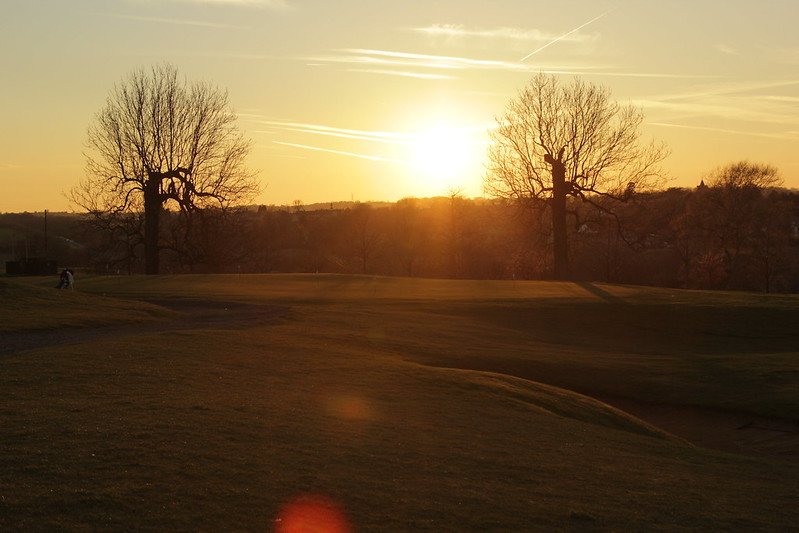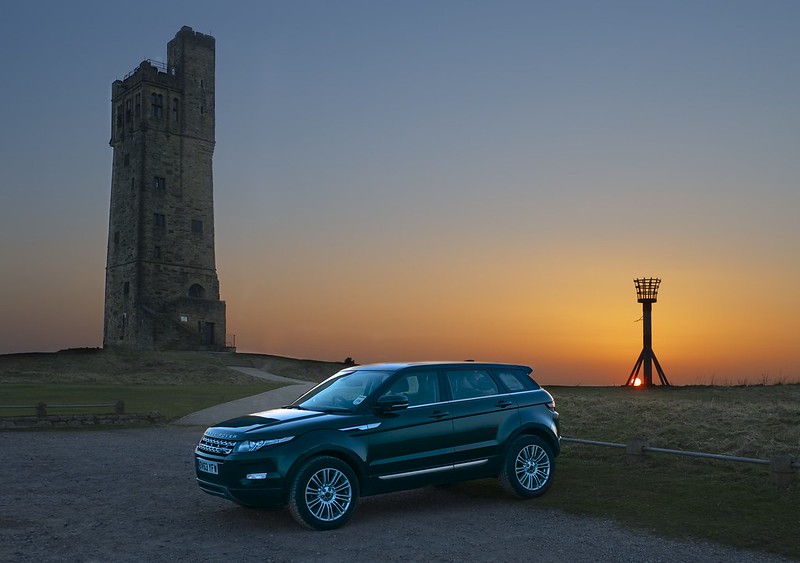Hi all im kind of at a loss now with the settings for trying to capture the sunset with my camera. the picture below i know isnt the greatest of subjects but it was all i had to work with at the time and the sunset capture was more import than the location. I want to be able to take a good picture when at interesting locations as time is of the essence with sunsets.
ive not editted the picture at all just straight from the camera. i do have elements 11 so editing is something i do, however i do prefer to get it right in the camera.

IMG_1427 by james cleaver photography, on Flickr
ive not editted the picture at all just straight from the camera. i do have elements 11 so editing is something i do, however i do prefer to get it right in the camera.

IMG_1427 by james cleaver photography, on Flickr
Last edited:



